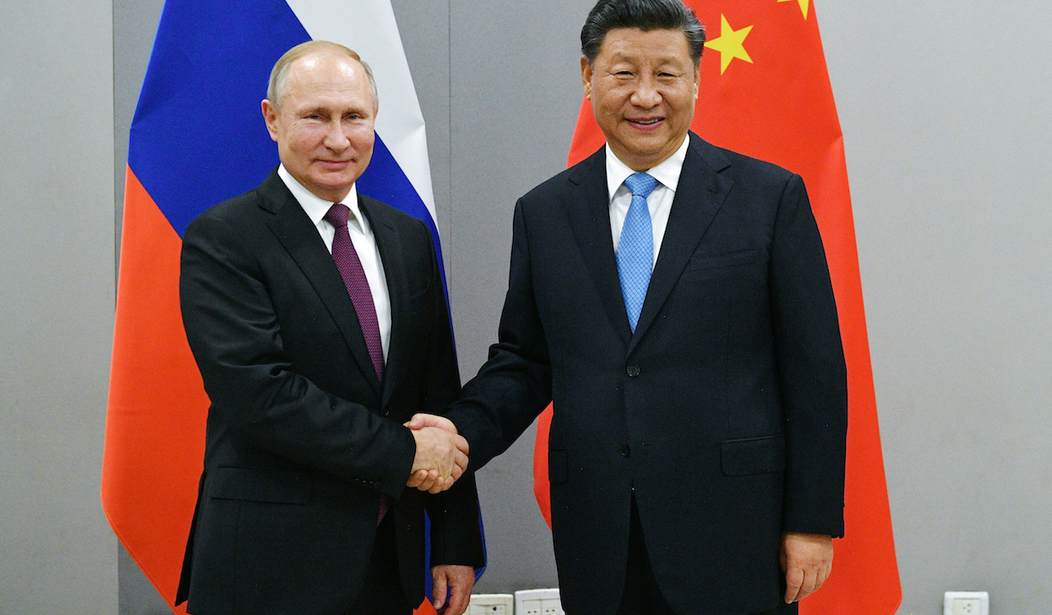China has been aggressively asserting itself in recent years, a process accelerated by the pandemic. They have oppressed Hong Kong and are openly threatening Taiwan. They have militarized parts of the South China Sea, challenging the U.S. Navy directly.
The Communist government exacts a price for doing business there while products made in China — oftentimes subsidized by the government — dominate markets in Asia and Europe.
How to counter this growing threat has occupied the United States government for the last decade. And if Republicans and Democrats have agreed on anything, it’s China’s growing strength must be countered if the U.S. is to maintain its technological edge in the future.
To that end, the U.S. Senate passed a $250 billion bill to fund research and development projects across a broad spectrum of scientific and technical disciplines. It’s hoped that the money will help increase U.S. competitiveness and maintain our economic and military dominance well into the 21st century.
The proposal commits billions of dollars in federal funds across a wide array of research areas. It pours more than $50 billion in immediate funding into U.S. businesses that manufacture the sort of ultrasmall, in-demand computer chips that power consumer and military devices, which many companies source from China. And it paves the way for the next generation of space exploration at a time when Washington and Beijing are increasingly setting their eyes on the stars.
With it, lawmakers also approved a host of proposals that seek to limit China’s economic aspirations and curb its political influence. The bill opens the door for new sanctions targeting Beijing over its human rights practices, commissions a new study about the origin of the coronavirus and calls for a diplomatic boycott of the upcoming 2022 Winter Olympics. It even authorizes $300 million specifically to counter the political influence of the Chinese Communist Party.
“I have watched China take advantage of us in ways legal and illegal over the years,” Senate Majority Leader Charles E. Schumer said during an interview before its passage. “The number one thing China was doing to take advantage of us … was investing heavily in research and science. And if we didn’t do something about it, they would become the number one economy in the world.”
It may be too late for that. China’s GDP is expected to exceed America’s economic output by 2030 no matter what we do. That’s the advantage when you have a population of 1.2 billion people.
The Senate’s effort also marks an evolution from the economic confrontations between the United States and China under President Donald Trump. During the last administration, the White House waged a trade war against Beijing, imposing massive tariffs in a tit for tat that analysts say caused deep damage to some parts of the U.S. economy. Democrats led by President Biden have tried to dial back Trump’s approach and rhetoric, even as they increasingly have come to share in some of Trump’s alarm about Beijing’s rise.
Biden has also maintained some of the Trump-era tariffs so the rhetoric about Trump “ruining” some sectors of the economy may be overblown by the Democrats.
The research money is welcome but only a start. China spends 2.4 percent of its GDP on research and development while the U.S. spends about half that much — even with the $400 billion spent by business on R&D. The government spent about $127 billion on R&D in 2020 while China spent $378 billion.
Is it a new “Cold War”? Biden will deny it and most of the intelligentsia in the U.S. isn’t ready to say it yet. But it’s got all the elements of the competition between Russia and the United States in the 50s and 60s. And unless we recognize that, we’re likely to lose this one.










